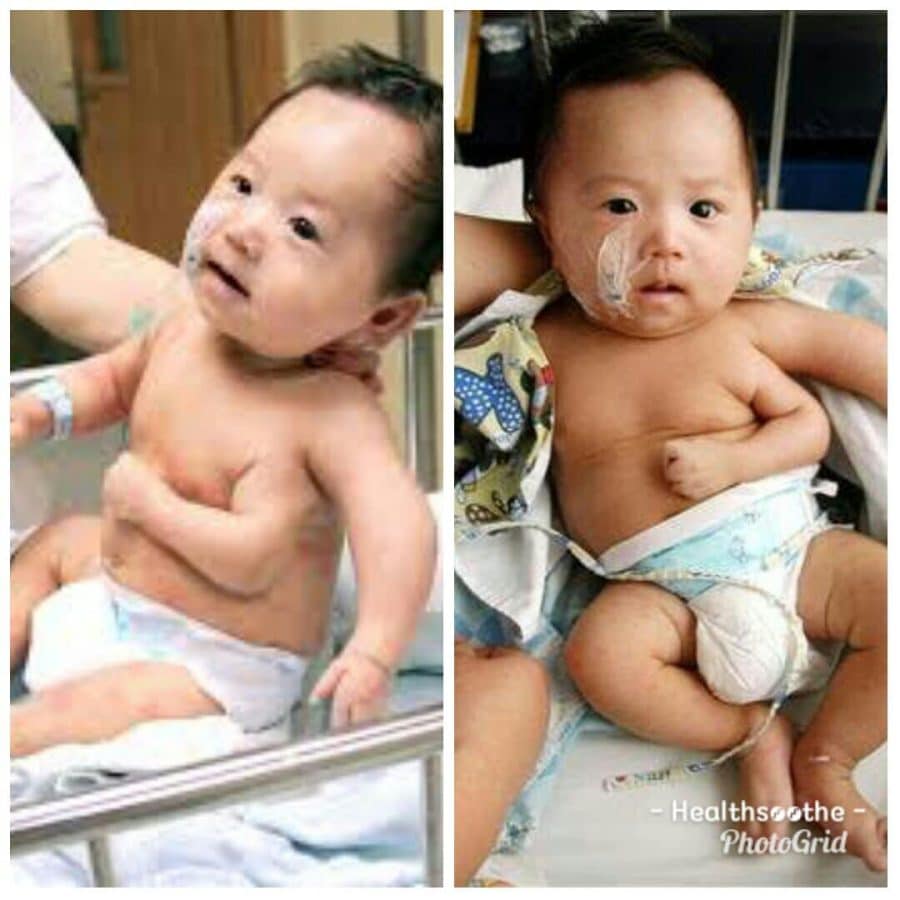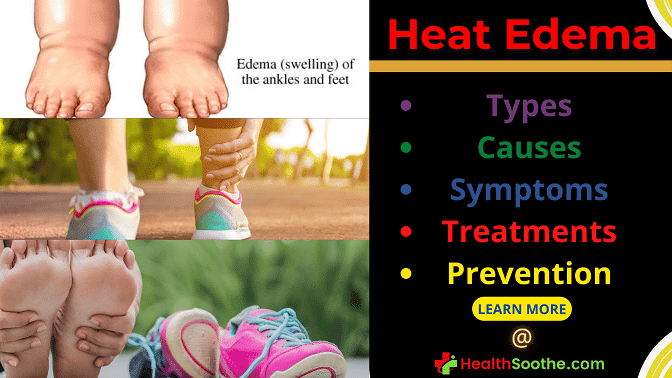Polymelia is a birth defect involving limbs, in which the affected individual has more than the usual number of limbs. In humans and most land-dwelling animals, this means having four or more limbs. The extra limb is most commonly shrunken and/or deformed.
In this disorder, shrunken limbs and arms are attached to the body parts. There are two basic reasons for this type of disorder, first, it can be because of the embryo developing in the fetus. Sometimes an embryo started as conjoined twins, but one twin degenerated completely except for one or more limbs, which end up attached to the other twin.
Sometimes small extra legs between the normal legs are caused by the body axis forking. The other reason can be an anomaly. Due to the anomaly, there are chances that the child may have more than one limb. This disorder can occur in the womb due to improper cell division or proliferation.
What are the Types of Polymelia?
The type of polymelia depends on the position at which the accessory limb is attached to the body. Thus, polymelia can be classified as follows:
- Cephalomelia: Extra-limb attached to the head
- Pyromelia: Extra-limb attached to the pelvis
- Thoracomelia: Extra-limb attached to the thorax
- Notomelia: Extra-limb attached to the backbone
What are the Causes of Polymelia?
Polymelia can be caused by one of several factors:
- Genetic Factors: These include defects in the chromosomes and transgenes. One or more genes may undergo a change, technically termed a mutation. Sometimes, a part of a gene may be missing. These changes can result in improper cell division and/or proliferation, leading to polymelia.
- External Factors: Exposure to infectious agents, medications, and chemicals during pregnancy can influence the pattern of gene expression that can lead to polymelia. For example The thalidomide disaster, this occurs when pregnant women consumed an innocuous cough syrup containing the drug thalidomide and gave birth to children that probably have multiple limb defects like polymelia, Amelia, phocomelia, polydactyly, abnormal hand position (AHP), limb reduction defects (LRD), and arthrogryposis. Also, an exposure to the rubella virus, commonly known as German measles, as well as toxic chemicals such as hydrocarbons, can also contribute to an increase of congenital birth defects.
What are the Signs and Symptoms of Polymelia?
As Polymelia is a birth defect, the symptoms are quite clear. In most of the babies that are born with a birth defect, it is found that the babies may have extra limbs and arms. There is no specific area in which the babies can have extra limbs and arms.
A baby with the birth defect can have the limbs and the arms on any body part. In some cases, there is one limb or the arm. In rare chances, the babies can have more than one limb and arms or both. Sometimes there are small extra legs between the normal legs. Sometimes the limbs may be rudimentary or may be greatly deformed and disproportionate in size.
How do you Diagnose Polymelia?
Prenatal (prior to birth) screening of fetuses while still in the womb offers a convenient way to identify birth defects associated with abnormalities in the limbs so that timely preventive measures can be instituted. Prenatal diagnosis should be carried out by a multidisciplinary medical team and to ensure proper so that a proper diagnosis and possible treatment strategies such as orthopedic surgery.
Commonly used diagnostic strategies include the following:
- Fetal Ultrasonography
- Magnetic Resonance Imaging (MRI)
The medical history of the mother as well as a detailed family history influences a correct diagnosis. Therefore, the following aspects should be considered:
- Maternal History:
- Diabetes mellitus
- A propensity for formation of blood clots (hypercoagulability)
- Systemic lupus erythematosus (SLE) or other autoimmune diseases
- Myotonic dystrophy
- High blood pressure (hypertension)
- Exposure to teratogens
- Family History:
- Congenital limb abnormalities
- Recurrent miscarriage
- Stillbirths
- Mental retardation
- Inherited disorders
- Consanguinity
What Are The treatment of Polymelia?
There are treatments available for Polymelia. Surgical treatment is the only way to deal with such type of problem. Typically, a pediatric orthopedic surgeon would carry out the operation under general anesthesia. Using the surgical technique the extra limbs and the arms are removed from the body parts. However, there are a number of tests that are suggested prior to the surgery.
The surgery can take a few hours to complete because the limbs may grow at any sensitive part of the body. In most of the cases, there are legs attached between the legs, in that case, precise surgery is required to order to remove the extra limbs and the arms. But as a result of the surgery, there may be a disability and other complications.
How can you Prevent Polymelia?
Polymelia can be prevented by carrying out a thorough prenatal screening to detect any birth defects before the child is born. In case of any severe anatomical abnormalities such as supernumerary limbs, the gynecologist may advise the medical termination of pregnancy in a timely manner.
RELATED READING
- Premature birth: Complication, Diagnosis, Treatment, Prevention and Medications
- GESTATIONAL AGE AND BIRTH WEIGHT IN BABY
References
- Dr. Kaushik Bharati. "Polymelia - Causes, Symptoms, Diagnosis, Treatment & Prevention". Med India. 03 May. 2018. Web
- https://www.medindia.net/patientinfo/polymelia.htm
- Health Care Tips. "What is Polymelia - Definition, Symptoms, Causes, Treatment". 03 May. 2018. Web




